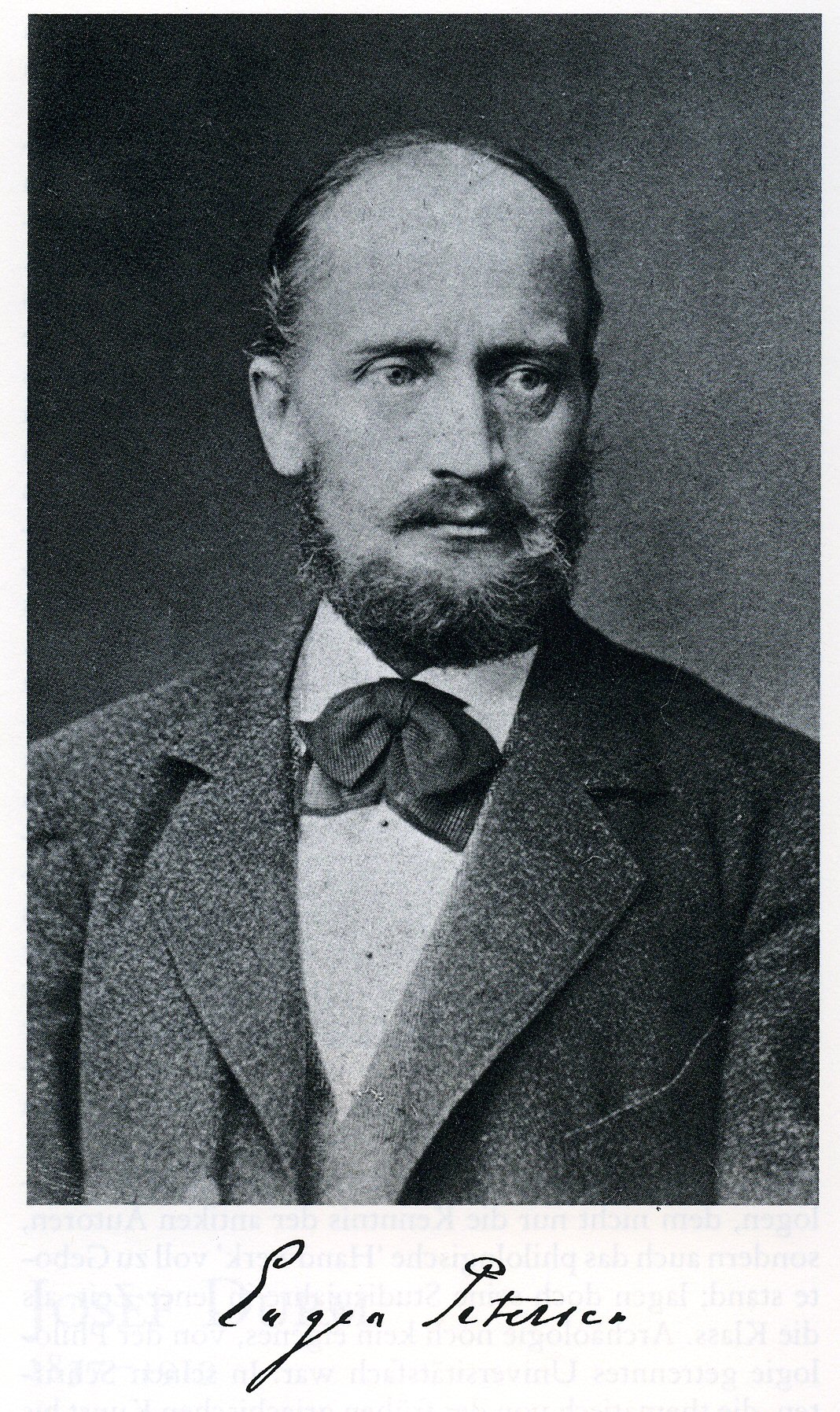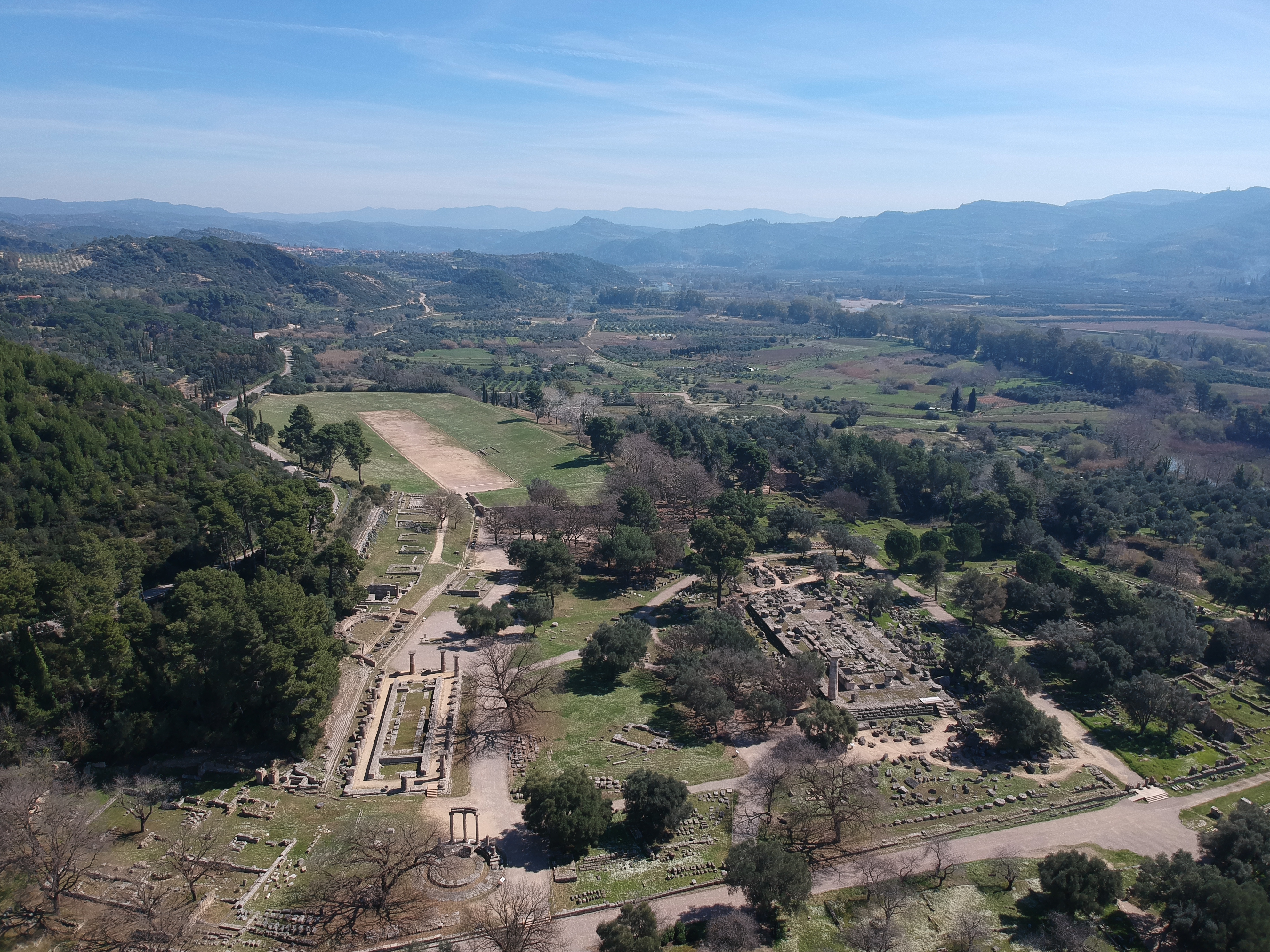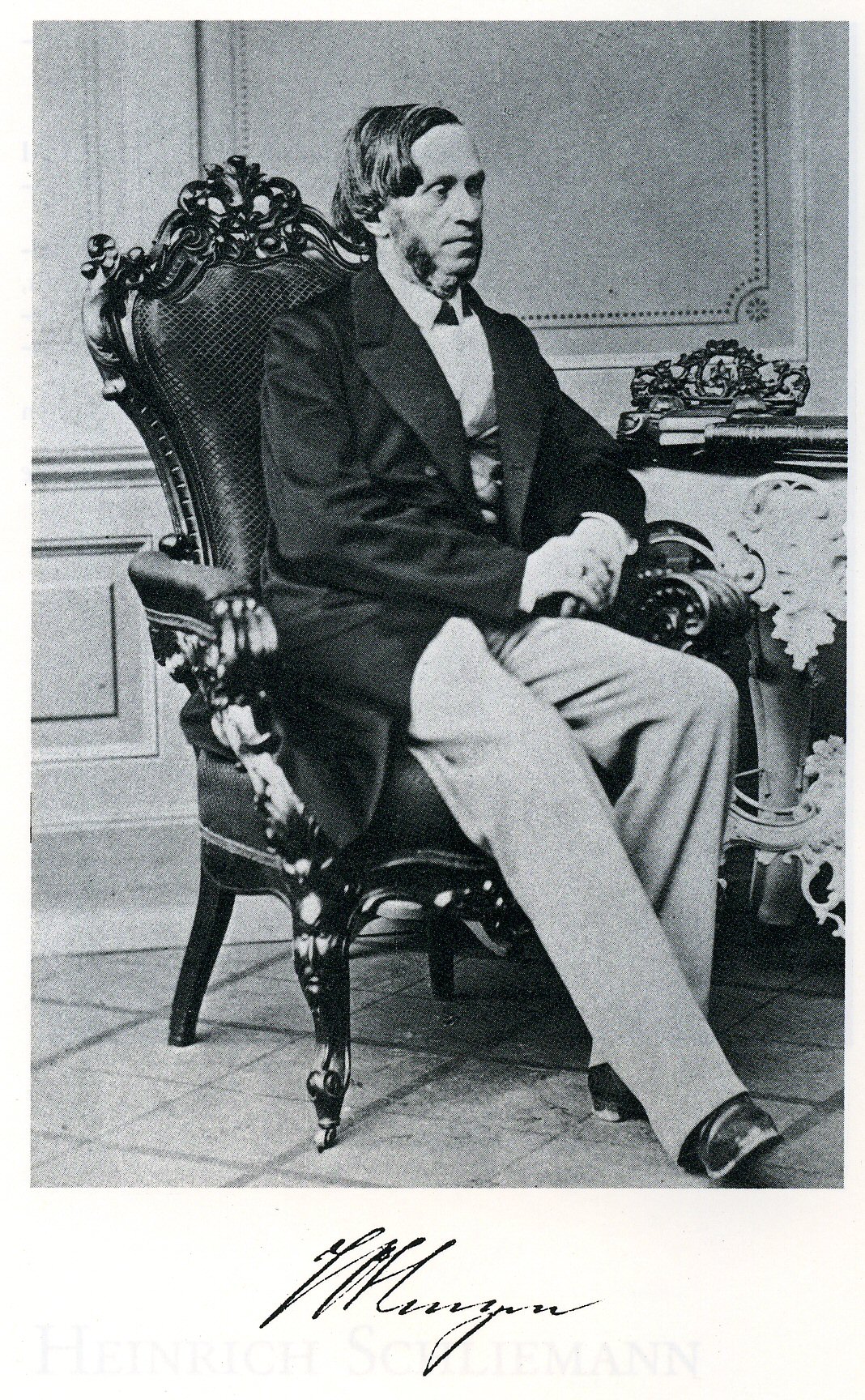|
Eugen Petersen
Eugen Adolf Hermann Petersen (16 August 1836 in Heiligenhafen – 14 December 1919 in Hamburg) was a German classical archaeologist and philologist. He studied classical philology at the universities of Kiel and Bonn, where his influences were Friedrich Gottlieb Welcker, Friedrich Ritschl and Otto Jahn. In 1859 he received his doctorate at Kiel with a thesis on Theophrastus. Following graduation he worked at the Istituto di Corrispondenza Archeologica in Rome, during which time, he investigated the recently discovered tombs of Via Latina.Petersen, Adolf Hermann Eugen at Neue Deutsche Biographie In 1862, he obtained his habilit ... [...More Info...] [...Related Items...] OR: [Wikipedia] [Google] [Baidu] |
Eugen Petersen
Eugen Adolf Hermann Petersen (16 August 1836 in Heiligenhafen – 14 December 1919 in Hamburg) was a German classical archaeologist and philologist. He studied classical philology at the universities of Kiel and Bonn, where his influences were Friedrich Gottlieb Welcker, Friedrich Ritschl and Otto Jahn. In 1859 he received his doctorate at Kiel with a thesis on Theophrastus. Following graduation he worked at the Istituto di Corrispondenza Archeologica in Rome, during which time, he investigated the recently discovered tombs of Via Latina.Petersen, Adolf Hermann Eugen at Neue Deutsche Biographie In 1862, he obtained his habilit ... [...More Info...] [...Related Items...] OR: [Wikipedia] [Google] [Baidu] |
Husum
Husum (, frr, Hüsem) is the capital of the ''Kreis'' (district) Nordfriesland in Schleswig-Holstein, Germany. The town was the birthplace of the novelist Theodor Storm, who coined the epithet "the grey town by the sea". It is also the home of the annual international piano festival ''Raritäten der Klaviermusik'' (Rarities of Piano Music) founded in 1986. History Husum was first mentioned as ''Husembro'' in 1252, when king Abel was murdered. Like most towns on the North Sea, Husum was always strongly influenced by storm tides. In 1362 a disastrous storm tide, the "Grote Mandrenke" flooded the town and carved out the inland harbour. Before this date Husum was not situated directly on the coast. The people of the city took advantage of this opportunity and built a marketplace, which led to a great economic upturn. Between 1372 and 1398 the population of Husum grew rapidly, and two villages, ''Oster-Husum'' (East-Husum) and ''Wester-Husum'' (West-Husum), were founded. The name ... [...More Info...] [...Related Items...] OR: [Wikipedia] [Google] [Baidu] |
Lycia
Lycia (Lycian language, Lycian: 𐊗𐊕𐊐𐊎𐊆𐊖 ''Trm̃mis''; el, Λυκία, ; tr, Likya) was a state or nationality that flourished in Anatolia from 15–14th centuries BC (as Lukka) to 546 BC. It bordered the Mediterranean Sea in what is today the Provinces of Turkey, provinces of Antalya Province, Antalya and Muğla Province, Muğla in Turkey as well some inland parts of Burdur Province. The state was known to history from the Late Bronze Age records of ancient Egypt and the Hittite Empire. Lycia was populated by speakers of the Luwian language group. Written records began to be inscribed in stone in the Lycian language (a later form of Luwian) after Lycia's involuntary incorporation into the Achaemenid Empire in the Iron Age. At that time (546 BC) the Luwian speakers were decimated, and Lycia received an influx of Persian speakers. Ancient sources seem to indicate that an older name of the region was Alope ( grc, Ἀλόπη}, ). The many cities in Ly ... [...More Info...] [...Related Items...] OR: [Wikipedia] [Google] [Baidu] |
Olympia, Greece
Olympia ( el, label=Modern Greek, Ολυμπία ; grc, Ὀλυμπία ), officially Archaia Olympia ( el, label=Modern Greek, Αρχαία Ολυμπία; grc, Ἀρχαία Ὀλυμπία, links=no; "Ancient Olympia"), is a small town in Elis on the Peloponnese peninsula in Greece, famous for the nearby archaeological site of the same name. This site was a major Panhellenic religious sanctuary of ancient Greece, where the ancient Olympic Games were held every four years throughout Classical antiquity, from the 8th century BC to the 4th century AD. They were restored on a global basis in 1894 in honor of the ideal of peaceful international contention for excellence. The sacred precinct, named the Altis, was primarily dedicated to Zeus, although other gods were worshipped there. The games conducted in his name drew visitors from all over the Greek world as one of a group of such "Panhellenic" centres, which helped to build the identity of the ancient Greeks as a nation. D ... [...More Info...] [...Related Items...] OR: [Wikipedia] [Google] [Baidu] |
Parthenon
The Parthenon (; grc, Παρθενών, , ; ell, Παρθενώνας, , ) is a former temple on the Athenian Acropolis, Greece, that was dedicated to the goddess Athena during the fifth century BC. Its decorative sculptures are considered some of the high points of Greek art, an enduring symbol of Ancient Greece, democracy and Western civilization. The Parthenon was built in thanksgiving for the Hellenic victory over Persian invaders during the Greco-Persian Wars. Like most Greek temples, the Parthenon also served as the city treasury. Construction started in 447 BC when the Delian League was at the peak of its power. It was completed in 438; work on the decoration continued until 432. For a time, it served as the treasury of the Delian League, which later became the Athenian Empire. In the final decade of the 6th century AD, the Parthenon was converted into a Christian church dedicated to the Virgin Mary. After the Ottoman conquest in the mid-fifteenth century ... [...More Info...] [...Related Items...] OR: [Wikipedia] [Google] [Baidu] |
Phidias
Phidias or Pheidias (; grc, Φειδίας, ''Pheidias''; 480 – 430 BC) was a Greek sculptor, painter, and architect. His Statue of Zeus at Olympia was one of the Seven Wonders of the Ancient World. Phidias also designed the statues of the goddess Athena on the Athenian Acropolis, namely the ''Athena Parthenos'' inside the Parthenon, and the '' Athena Promachos'', a colossal bronze which stood between it and the Propylaea, a monumental gateway that served as the entrance to the Acropolis in Athens. Phidias was the son of Charmides of Athens. The ancients believed that his masters were Hegias and Ageladas. Plutarch discusses Phidias' friendship with the Greek statesman Pericles, recording that enemies of Pericles tried to attack him through Phidias – who was accused of stealing gold intended for the Parthenon's statue of Athena, and of impiously portraying himself and Pericles on the shield of the statue. The historical value of this account, as well as the leg ... [...More Info...] [...Related Items...] OR: [Wikipedia] [Google] [Baidu] |
Wilhelm Henzen
Johann Heinrich Wilhelm Henzen (24 January 1816 – 27 January 1887) was a German philologist and epigraphist born in Bremen. He studied philology at the Universities of Bonn and Berlin, afterwards traveling to Paris and London, where he furthered his education by becoming fluent in French and English. With Friedrich Gottlieb Welcker (1784-1868), he undertook archaeological investigations in Italy and Greece, and in 1842 settled in Rome, where in 1856 he succeeded August Emil Braun (1809-1856) as first secretary of the ''Deutsches Archäologisches Institut'' (German Archaeological Institute). From 1876 onward, he was a member of the '' Accademia dei Lincei''. Henzen was a leading authority on Latin epigraphy. With Theodor Mommsen (1817-1903) and Giovanni Battista de Rossi (1822-1894), he carried out plans for a universal "'' Corpus Inscriptionum Latinarum''" based on a scheme presented to the Berlin Academy by Mommsen in 1847. Also, he provided a supplemental volume to Joha ... [...More Info...] [...Related Items...] OR: [Wikipedia] [Google] [Baidu] |
German Archaeological Institute At Athens
The German Archaeological Institute at Athens (german: Deutsches Archäologisches Institut (DAI), Abteilung Athen; el, Γερμανικό Αρχαιολογικό Ινστιτούτο Αθηνών) is one of the 19 foreign archaeological institutes operating in Athens, Greece. General information, history, facilities The Athens department was the second department founded by the institute (after Rome) in 1874 and it is the second foreign institute in Athens (after the École Française d’Athènes). Part of the institute was established on May 17, 1872, and inaugurated on December 9th, 1874. The construction of the building in which it is housed was funded by Heinrich Schliemann; the plans were made by Ernst Ziller and Wilhelm Dörpfeld. Today, it is one of several specialised departments that make up the German Archaeological Institute. With an ongoing research programme, an 80,000-volume library and a large photographic archive, the German Archaeological Institute at Athen ... [...More Info...] [...Related Items...] OR: [Wikipedia] [Google] [Baidu] |
Asia Minor
Anatolia, tr, Anadolu Yarımadası), and the Anatolian plateau, also known as Asia Minor, is a large peninsula in Western Asia and the westernmost protrusion of the Asian continent. It constitutes the major part of modern-day Turkey. The region is bounded by the Turkish Straits to the northwest, the Black Sea to the north, the Armenian Highlands to the east, the Mediterranean Sea to the south, and the Aegean Sea to the west. The Sea of Marmara forms a connection between the Black and Aegean seas through the Bosporus and Dardanelles straits and separates Anatolia from Thrace on the Balkan peninsula of Southeast Europe. The eastern border of Anatolia has been held to be a line between the Gulf of Alexandretta and the Black Sea, bounded by the Armenian Highlands to the east and Mesopotamia to the southeast. By this definition Anatolia comprises approximately the western two-thirds of the Asian part of Turkey. Today, Anatolia is sometimes considered to be synonymous with Asia ... [...More Info...] [...Related Items...] OR: [Wikipedia] [Google] [Baidu] |
Karol Lanckoroński
Count Karol Lanckoroński () (born 4 November 1848 in Vienna; died 15 July 1933 in Vienna) was a Polish writer, art collector, patron, historian, traveler, and vice-president of the Society for Cultural Protection in his native Galicia. He was one of the wealthiest and most cultivated magnates in Austrian partition of Poland and in the whole of the Austro-Hungarian Empire. He was a member of the Polish Academy of Learning. Biography Count Lanckoroński studied art history and law, but because of his family's wealth never had to work for a living. In 1882 he participated with Otto Benndorf in an expedition to Lycia in Turkey. In 1885–86 he organised his own exploratory mission to Pamphylia and Pisidia. Further travels took him to East Asia, where he was accompanied by the painter Hans Makart, as well as Spain and Portugal. He kept his enormous art collection in his city palace in Vienna, the Palais Lanckoronski. He was Grand Steward to the emperor Franz Joseph I of Austria. ... [...More Info...] [...Related Items...] OR: [Wikipedia] [Google] [Baidu] |
Felix Von Luschan
Felix Ritter von Luschan (11 August 1854 – 7 February 1924) was an Austrian doctor, anthropologist, explorer, archaeologist and ethnographer. Life Luschan was born the son of a lawyer in Hollabrunn, Lower Austria, and attended the Akademisches Gymnasium in Vienna. After leaving school he studied medicine at the University of Vienna and anthropology in Paris, with an emphasis on craniometry. After he gained his doctorate in 1878, he was an army doctor in Austro-Hungarian occupied Bosnia and, together with the British archaeologist Arthur Evans, travelled through Dalmatia, Montenegro and Albania Albania ( ; sq, Shqipëri or ), or , also or . officially the Republic of Albania ( sq, Republika e Shqipërisë), is a country in Southeastern Europe. It is located on the Adriatic and Ionian Seas within the Mediterranean Sea and shares .... From 1880 he worked as a medical assistant at the Vienna General Hospital and a lecturer (''Privatdozent'') at the University of Vienna ... [...More Info...] [...Related Items...] OR: [Wikipedia] [Google] [Baidu] |
Charles University In Prague
Charles University ( cs, Univerzita Karlova, UK; la, Universitas Carolina; german: Karls-Universität), also known as Charles University in Prague or historically as the University of Prague ( la, Universitas Pragensis, links=no), is the oldest and largest university in the Czech Republic. It is one of the List of oldest universities in continuous operation, oldest universities in Europe in continuous operation. Today, the university consists of 17 faculties located in Prague, Hradec Králové, and Plzeň. Charles University belongs among the top three universities in Central and Eastern Europe. It is ranked around 200–300 in the world. History Medieval university (1349–1419) The establishment of a medieval university in Prague was inspired by Holy Roman Emperor Charles IV, Holy Roman Emperor, Charles IV. He asked his friend and ally, Pope Clement VI, to do so. On 26 January 1347 the pope issued the bull establishing a university in Prague, modeled on the University of Paris, ... [...More Info...] [...Related Items...] OR: [Wikipedia] [Google] [Baidu] |

.jpg)







